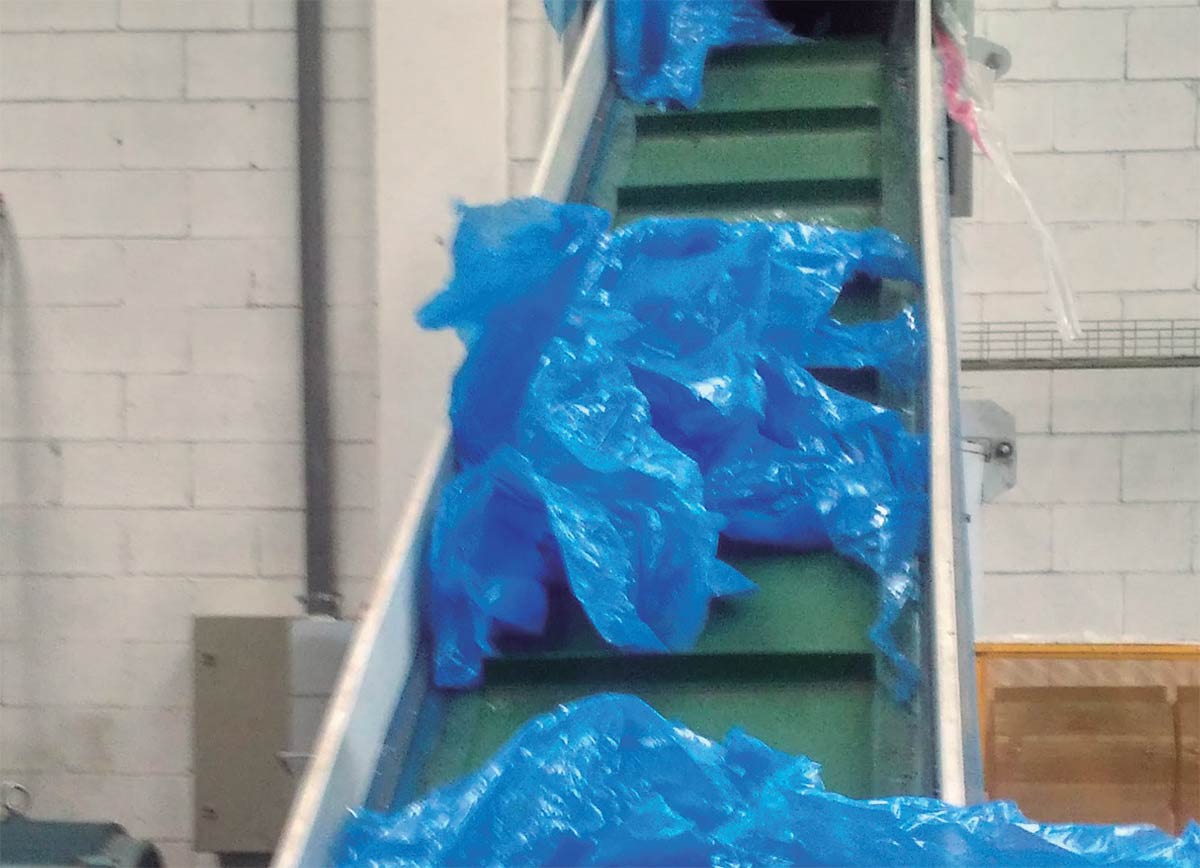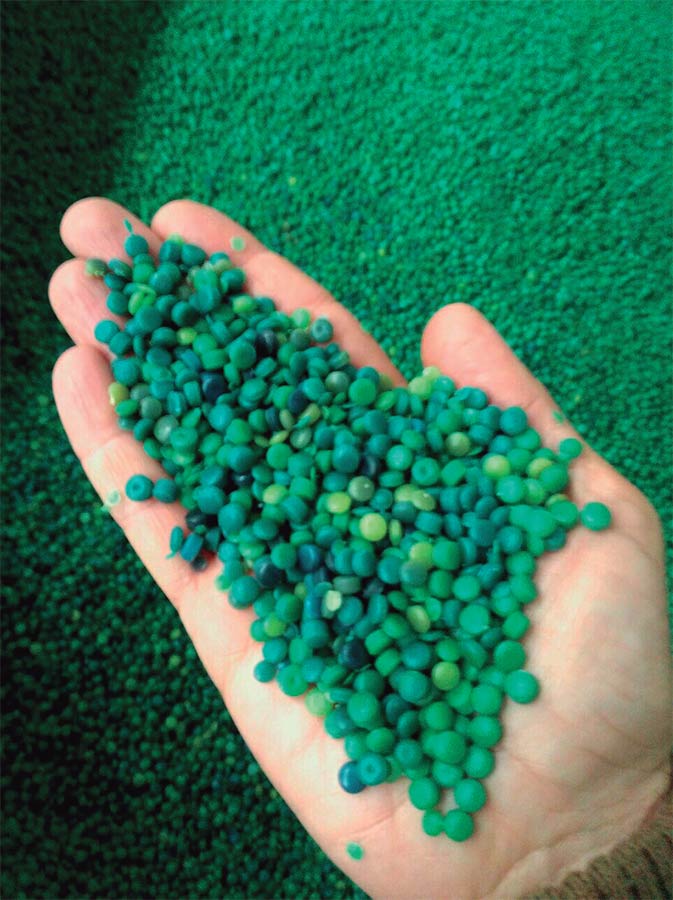FLOTO
RECOVERY OF AGRICULTURAL PLASTICS AND INDUSTRIAL PACKAGING FILMS
FILM-TYPE WASTE PLASTIC STREAMS GENERATED IN THE PRIMARY SECTOR and industrial SMEs are generally relatively pure and easy-to-recycle PE fractions. However, they are not properly managed due to generation dispersion in small quantities from each source, and the lack of interest from plastic recycling companies installed in the Basque Country. The relatively small quantities of waste plastic generated in these cases by each individual organisation led to a lack of segregation at source, uncontrolled dumping or treatment, and landfi ll disposal. It is estimated that more than 20,000 tonnes of PE used in packaging end up in landfill or in energy recovery each year in the Basque Country. This is a material of interest to ZORROZA, the company leading FLOTO and specialised in treating waste plastic fractions, and LEUNAM, manufacturers of PE fi lms for the industrial sector. GAIKER Technology Centre and the consultancy firm ZICLA, have also collaborated in FLOTO.

DRIVING FACTOR


 OBJECTIVES
OBJECTIVES
- Quantify the technical, economic and environmental feasibility of recycling plastic film waste to be used in the agricultural and industrial sectors.
- Implement an industrial recycling process for these fractions based on proximity.
- Collect plastic waste generated on small farms and livestock farms, such as silage, greenhouse and tunnel plastics.
- Collect industrial packaging fi lm waste generated in productive SMEs.
- Offer sectors the possibility of recovering the PE streams generated with a circular solution of possible consumption within the sector.
 RESULTS
RESULTS
- Installation and industrial viability validation of a plastic washing process (installed in ZORROZA), with complete effectiveness in cleaning the described plastic streams.
- Installation and industrial feasibility validation of an automated industrial agglomeration equipment (installed at LEUNAM) for these streams.
- Industrial manufacture of recycled chips and industrial film bags in different final colours.
- Optimisation of fraction mixtures to avoid heterogeneity in moisture and fluidity index.
- Potential savings of 450 tonnes of plastic and 985 tonnes of CO2 per year.
 CONCLUSIONS
CONCLUSIONS
- The quality of the proposed recycling process would be greatly enhanced if it is based on better segregation at source, which avoids mixing due to storage and logistics.
- The recycled product faces scepticism in some industrial markets towards recycled film products due to their lower transparency and poorer aesthetic appearance, even though no technical problems have been found with recycled plastic.
ENVIRONMENTAL
TECHNICAL
ECONOMIC
COMMERCIAL
ON THE MARKET



